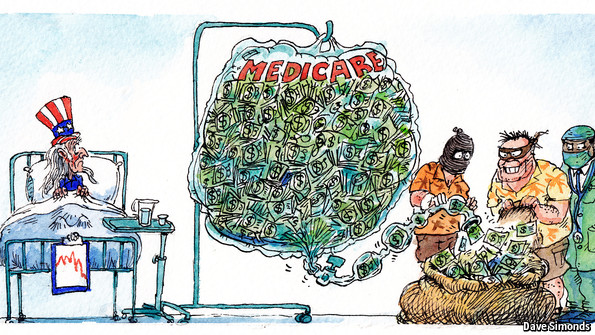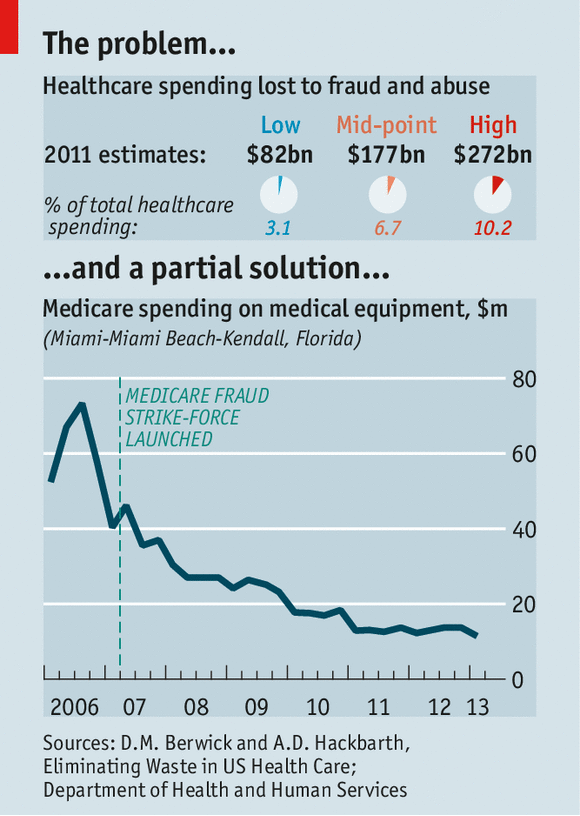Go Samsung… it would be great to see the traditional pharma model disrupted in this way…
By LEONARD KISH & CYNDY NAYER
 At the end of March the Amercian College of Cardiology (ACC) and the American Heart Association (AHA) issued a joint statement saying they “will begin to include value assessments when developing guidelines and performance measures (for pharmaceuticals), in recognition of accelerating health care costs and the need for care to be of value to patients.”
At the end of March the Amercian College of Cardiology (ACC) and the American Heart Association (AHA) issued a joint statement saying they “will begin to include value assessments when developing guidelines and performance measures (for pharmaceuticals), in recognition of accelerating health care costs and the need for care to be of value to patients.”
You may have heard of value-based medicine, but are we entering a new era of value-based medications or value-driven pharma?
Price transparency is great, but it has be combined with efficacy to get to value (price for the amount of benefit). Medical groups are catching on to how important value assessments are, because if patients can’t afford their medication, they won’t take their medication, and that obviously can turn into poor outcomes.
Twenty-seven percent of American patients didn’t fill a prescription last year according to a Kaiser Family Foundation Survey. This trend seems likely to continue as we move toward higher-deductible plans, where those with insurance can have great difficulty affording medications.
Included in the ACC/AMA statement was a quote from Paul Heidenreich, MD, FACC, writing committee co-chair and vice-chair for Quality, Clinical Affairs and Analytics in the Department of Medicine at Stanford University School of Medicine.
“There is growing recognition that a more explicit, transparent, and consistent evaluation of health care value is needed…These value assessments will provide a more complete examination of cardiovascular care, helping to generate the best possible outcomes within the context of finite resources.”
Spreading risk and payment to different members of the health care value chain is beginning to make it apparent to more people and organizations that resources are finite. Patients and their physicians are starting to ask which treatments are worth the cost and have best likelihood of adherence.
An outgrowth of the move toward digital health and accountable care is that we’re entering every patient into a potential personal clinical trial with their data followed as a longitudinal study, and we can look much more closely at efficacy and adherence and reasons why it happens and why it doesn’t.
It won’t be long before we start to see comparative effectiveness across a variety of treatments and across a variety of populations. When we can connect outcomes data, interventions and costs all in the same picture we begin to see where the value (price against results) is and where it isn’t.
The opportunity to assess value of treatments is bringing non-traditional players into the value-driven pharma arena. Samsung recently announced that they are becoming a drug company. According to Quartz:
“Electronics giant Samsung recently announced a foray into big pharma. The South Korean company is set to invest over $2 billion into biopharmaceuticals—drugs developed from biological sources (e.g. vaccines or gene therapies) as opposed to traditional chemical cocktails—with a focus on creating cheaper versions of existing therapies.”
The real advantage may be access to patient information via mobile. The Quartz article goes on to say:
“…cheapness won’t be Samsung’s only advantage. The company better known for its smartphones could also take advantage of the fact that the pharma industry has been slow to explore mobile health technology…The biotech industry is expected to generate sales of more than $220 billion in five years, Bloomberg reports, and Samsung expects to be taking a $1.8 billion slice of the pie by that time. The company will start by copying Enbrel (an arthritis therapy by Amgen Inc.) and Remicade (Johnson & Johnson’s autoimmune disease treatment) in the next couple of years.”
Samsung is going after arthritis, which Enbrel and Remicade treat. On the surface, this makes sense. Mobile devices are good at tracking and reporting what arthritis impairs– movement– opening up the opportunity for Samsung to close the loop on the effectiveness of their own drugs using their smart phones, tracking progress and improvement.
Pharma has been slow to explore mobile health and data science and slow to leverage social media and other sources of consumer health data effectively for a variety of reasons — some legal (we aren’t responsible for what we don’t know) and some historical.
This could be a severe disadvantage when looking to leverage existing therapies. Combing through available data from existing research can provide new and cheaper alternatives and, with relatively easy biosimilar approval, see how they compare.
Industry observers are beginning to see this shift and this opportunity, raising alarm bells for big pharma. Are they listening? Over the past month there’s been a virtual outcry for a business model for Pharma that’s based on value. Ernst & Young released a report (.pdf) calling for “radical collaboration.” Dan Munro at Forbes picked out the key line and bold proclamation from the report:
“Almost every life sciences company, regardless of their product or offering, will soon be expected to help change behaviors and deliver better health outcomes.”
EY hits the nail on the head. The combination of value-based care, digital health, and mobile technologies is inevitably driving toward pharma price and evidence transparency and a much better look at the efficacy of various treatments.
Samsung came late to the smart phone market, then experimented with pricing and models before taking over the top place from Apple. Now focusing on biosimilars, Samsung could be following a similar pattern in pharma, testing to see what combinations will work best, powered by ongoing results in a closed feedback-loop system.
Munro asks the question, “To what extent, and in what ways, should pharma companies move beyond the product?” Samsung may be answering that question.
AthenaHealth’s Jonathan Bush echoed the chorus for a new pharma business model in April to a group of pharma executives saying:
“Take every drug you have and organize it by disease by the number of hospital days that could go away…Find the moments that matter financially and clinically.” And further, “Follow up on the prescriptions that are written and make sure the patients get those drugs but also ‘don’t end up in the hospital…Relentlessly follow up on all conditions for success…”
We wonder if “all conditions for success” might also include the condition of affordability.
Jamie Heywood, CEO of PatientsLikeMe, hinted at a value-based medication future in a Nature Medicine interview recently on their new collaboration with Genentech, saying, “What we need to do is get more value for health care, and value means you have competitive outcomes. And that’s what, in our longest dreams, I think PatientsLikeMe begins to bring to bear.”
Samsung is in a unique position to capitalize on social, mobile and, peer interaction. Munro writes in Forbes about a social network/app,Whisper, that is on a fast-track trajectory because of its anonymous posting. Pharma companies could learn great deal of information on the derailing of adherence to treatment by following these posts. And if they don’t, others will fill the void by both providing and applying data to physicians and consumers as well as pulling in data from consumers.
On the data provider and application side, one Startup Health company seeks to provide cost and value transparency of medications at the point of care and bring the price discussion into the exam room.
RxREVU provides data services via API to use peer-reviewed value-based medication decisions for clinicians and their patients (full disclosure, RxREVU is a client of VivaPhi, Leonard Kish’s agency). Because it’s an API, it could also be deployed in the context of a mobile app at the point of care.
This data has always existed, what’s new is the demand for it and how it’s applied.
On the data intake side, more clinically-focused companies such as GoGoHealth are allowing remote EHR intake, improving access to consumer health data, including social determinants of health, to allow for faster, individualized attention by providers (GoGoHealth, also a StartupHealth company, is mentored by Center of Health Engagement, Nayer’s organization).
Part of that is allowing patients to lower barriers to enter the system, getting remote office visits and phone refills. A side product of these kinds of interactions is an understanding of what prevents and what enables patients from continuing on a course of treatment.
As providers and patients assume more of the risk and pay more of the bill, they are seeking solutions that can provide value-based treatment decisions that fit their personalized needs.
The most valuable solutions in a value-driven era will be those that we are able to customize based on information from a wide variety of sources and place the solutions into a contextual format in which patients ultimately have to treat themselves, including financial contexts.
Those that stick with the old pharma model, leaving data and consumers-as-patients out of the mix, will wind up with much less valuable medicine.
Leonard Kish (@leonardkish) is Principal and Co-Founder at VivaPhi, an agency that solves multi-disciplinary business problems involving data science, software, biomedical science, behavioral science, health care, product design, community development, marketing, consumer engagement and organizational design.
Cyndy Nayer (@CyndyNayer) is the founder and CEO of the Center of Health Engagement, an agency promoting strategic investments in health value for employers, health plans and provider organizations.
This post originally appeared in HL7 Standards.






